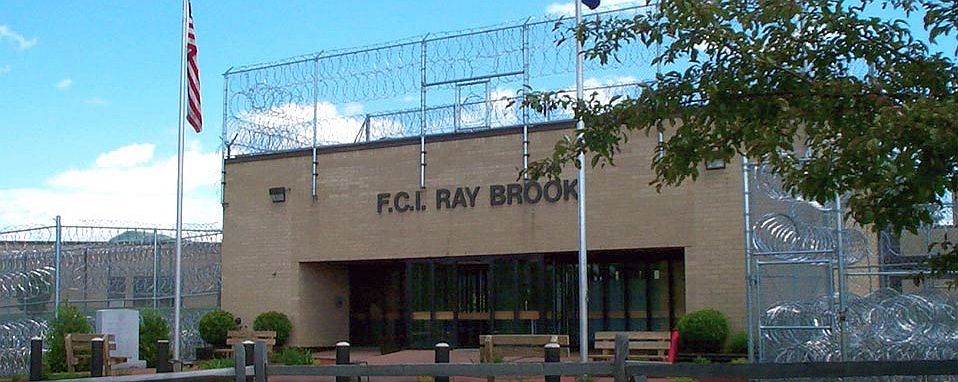Four Olympic Stadiums With Unexpected Afterlives
What happens to old Olympics facilities after the medals have all been awarded?
/https://tf-cmsv2-smithsonianmag-media.s3.amazonaws.com/filer/f5/27/f527cbf3-e8a6-49c9-bd0b-2529f2d4de80/blue-cube-olympics-closeup.jpg)
Signing on to host the Olympics is a big investment—in both infrastructure and money. The 2012 and 2014 Olympics, for example, each cost upwards of $16 billion to create the various facilities needed for the games. Japan will reportedly spend as much as $35 billion to host the 2021 Summer Olympics. And in many instances, those buildings are ultimately left empty afterward, costing the host city that much more in continuous maintenance and upkeep, or, alternatively, simply being left to decay into the landscape.
Berlin is a perfect example of this; the city hosted the Olympics in 1936 and afterwards, the Olympic Village was left to crumble in the surrounding wilderness. Recently, though, funding has been approved to turn the former athlete residences into new apartments, breathing new life into the 135-acre site.
The buildings that are reused usually continue to operate as originally designed – hosting sporting events. Only occasionally do host cities get more creative. Here are four locations that took a different approach, repurposing their Olympics structures for decidedly less sporty uses.
Lake Placid, New York

Most people entering the now remodeled 1980 Olympic Village in Lake Placid are in a lot of trouble. The complex no longer welcomes athletes but instead houses prisoners as the Federal Correctional Institution, Ray Brook. It’s not much of a surprise, though; this Olympic Village was built with a prison in mind, because the only way Lake Placid could get funding from the government for the Olympics was if they had a secondary purpose for any new buildings. Only the Federal Bureau of Prisons offered to be the second use for the Village complex. The facility originally housed about 1,800 athletes; now, it houses about 1,000 prisoners.
Los Angeles, California

When the 1932 Olympics were held in Los Angeles, the Grand Olympic Auditorium hosted weightlifting, boxing and wrestling matches. The building was originally constructed in 1924, and after the Games continued to host boxing and wrestling matches, in addition to roller derbies and concerts. The building even served as the film set for parts of Rocky. The venue was so well known around Hollywood—hosting greats like Cassius Clay, Rage Against the Machine, Andre the Giant and Little Richard—that a documentary was made about it called “18th & Grand.” Today, the storied Los Angeles venue has gone a more wholesome route; it’s home to a Korean church, the Glory Church of Jesus Christ.
Beijing, China

Built for the 2008 Olympics in Beijing, the National Aquatics Center (more commonly known as the Water Cube) held synchronized swimming, diving, water polo and other swimming events. Michael Phelps fans—this is where he earned his eight gold medals, and where 24 other world records were set. The building was renovated after the Olympics, and half of it is now Asia’s largest waterpark, called Happy Magic Water Cube. There are 13 waterslides, a lazy river, a wave pool and a spa. The second floor of the building has an auditorium with 17,000 seats. There’s also a theater, several restaurants and bars and a museum of Olympic history. The Olympics will be back in Beijing in 2022, and the Cube is slated for use in the curling tournaments.
Helsinki, Finland

In 1940, the Summer Olympics never happened. Scheduled for Tokyo, they were canceled due to the Second Sino-Japanese War. The games were then rescheduled and moved to Helsinki—only to be canceled again due to the outbreak of World War II. By the time the second plug was pulled, the Tennispalatsi, or Tennis Palace, had already been renovated for the Games. Originally constructed in 1937, the building was never meant to last as a permanent structure. It first housed a car dealership and was renovated in 1938 to add four tennis courts as the city began opening various sports venues around town. The courts were never used for Olympic tennis, but the venue did host basketball when the Games finally came to Helsinki in 1952.
In 1957, the city bought the building at auction and let it deteriorate until 1993. Now, the Tennispalatsi holds the Helsinki City Art Museum, a movie theater and several restaurants.
Editor's Note, June 9, 2021: This story now includes information about cost of the 2021 Summer Olympics.
Planning Your Next Trip?
Explore great travel deals
Smithsonian magazine participates in affiliate link advertising programs. If you purchase an item through these links, we receive a commission.
/https://tf-cmsv2-smithsonianmag-media.s3.amazonaws.com/accounts/headshot/JenniferBillock.png)
/https://tf-cmsv2-smithsonianmag-media.s3.amazonaws.com/accounts/headshot/JenniferBillock.png)